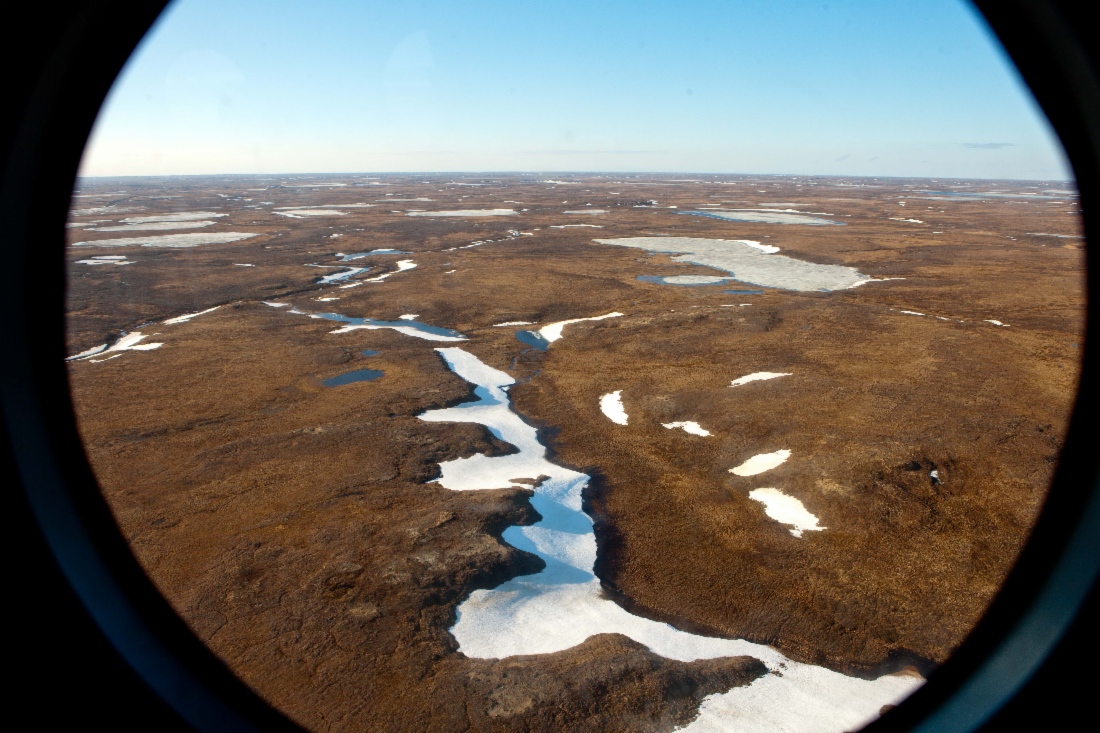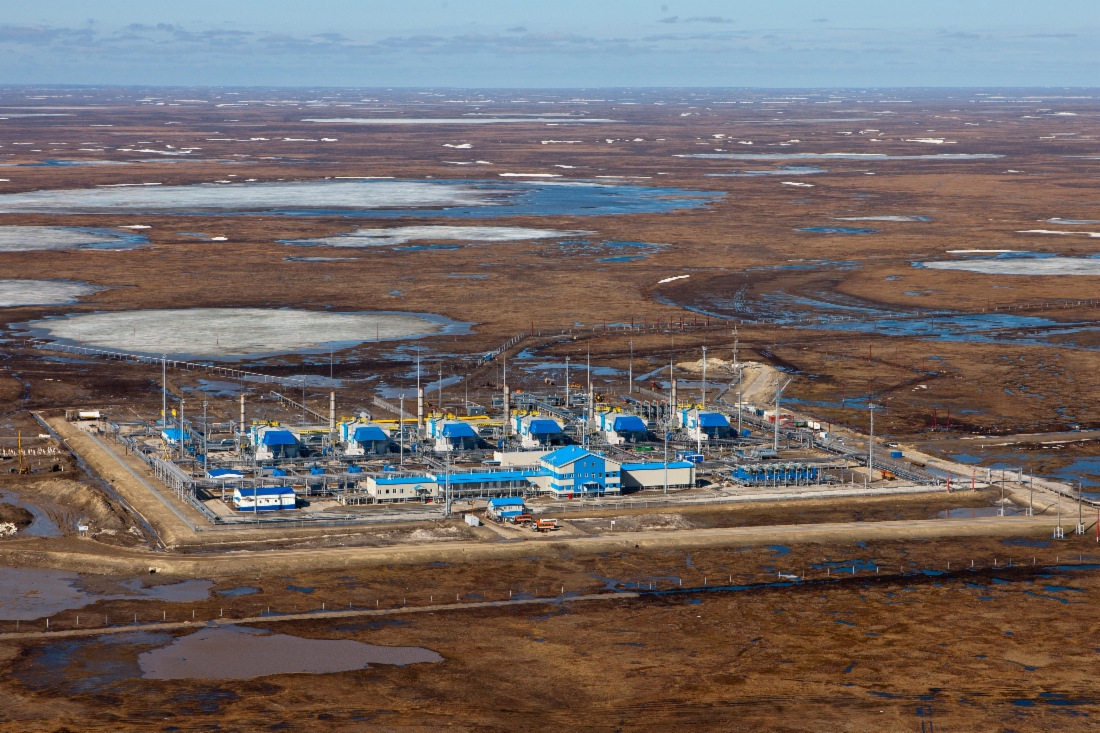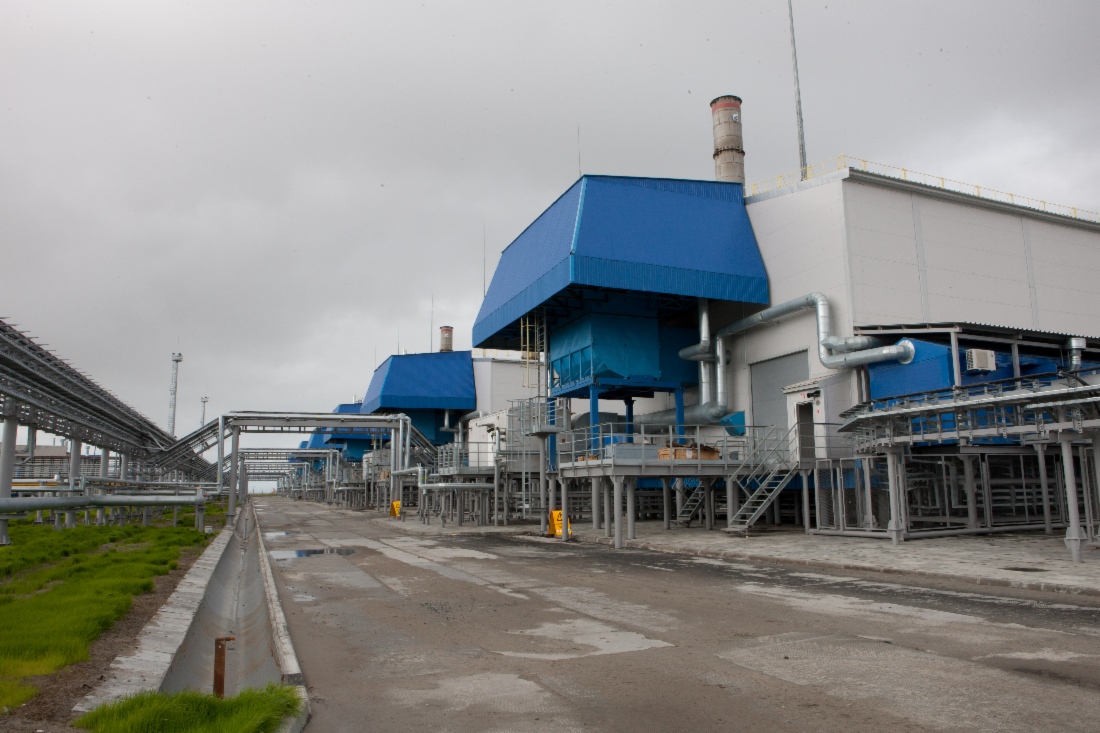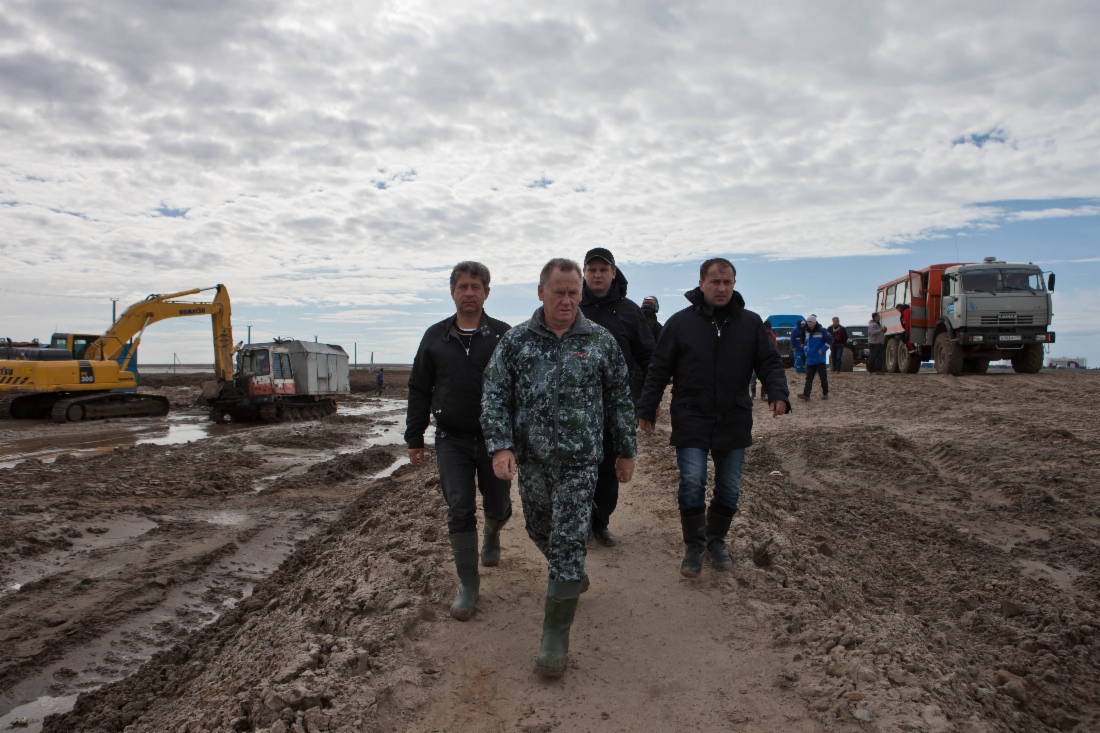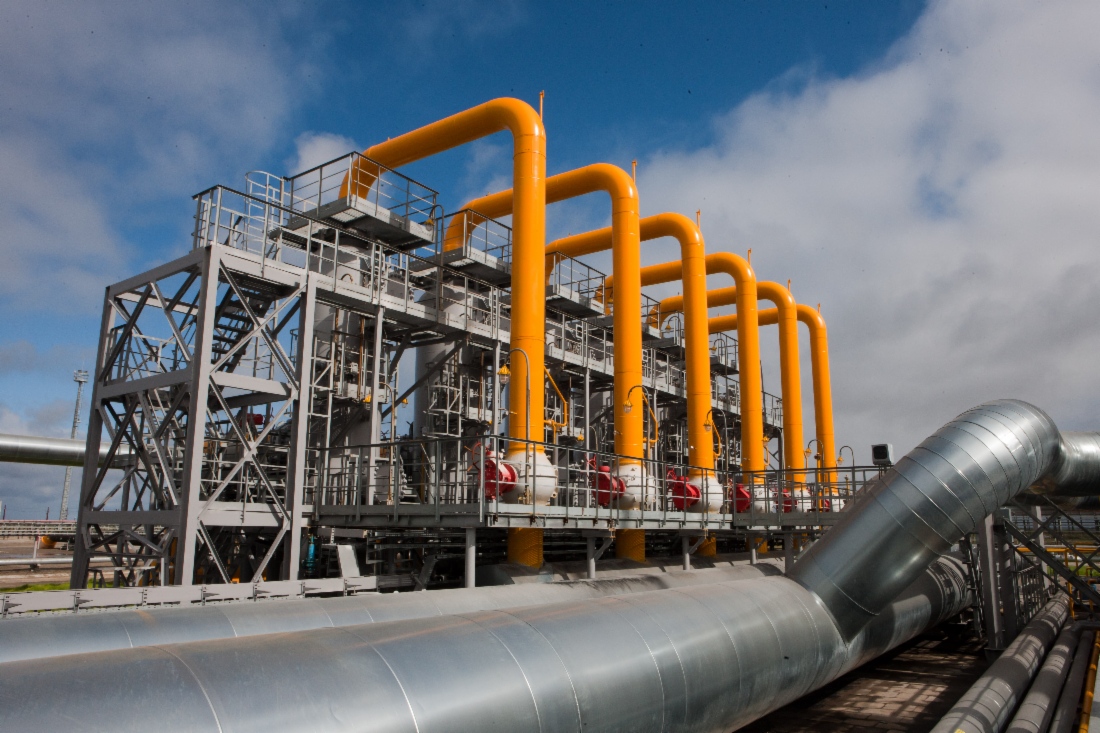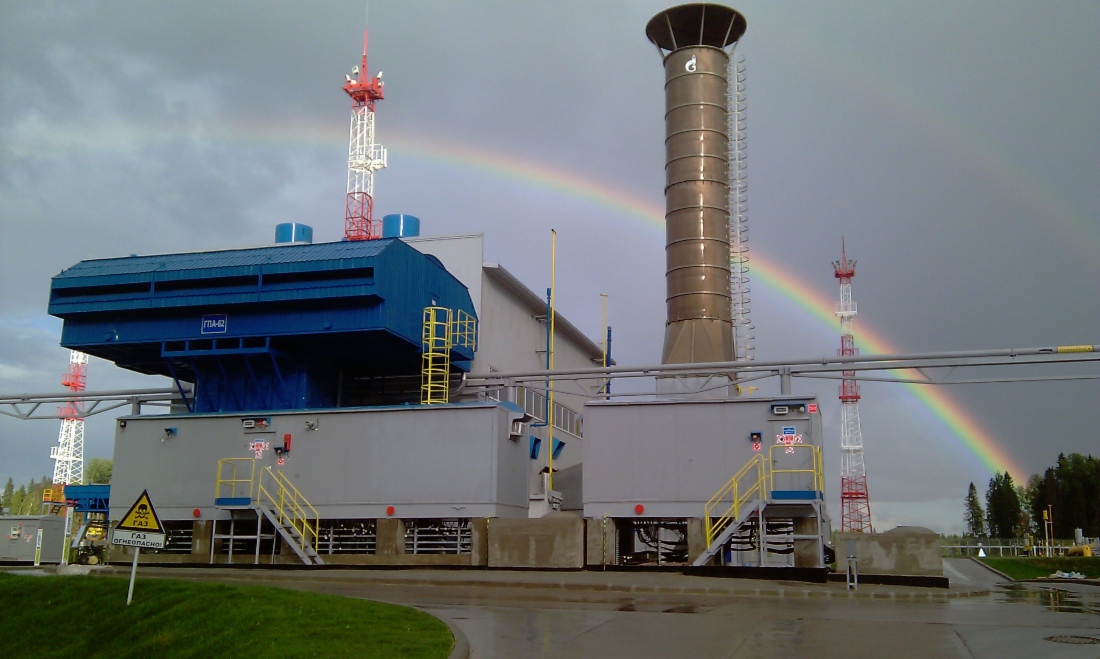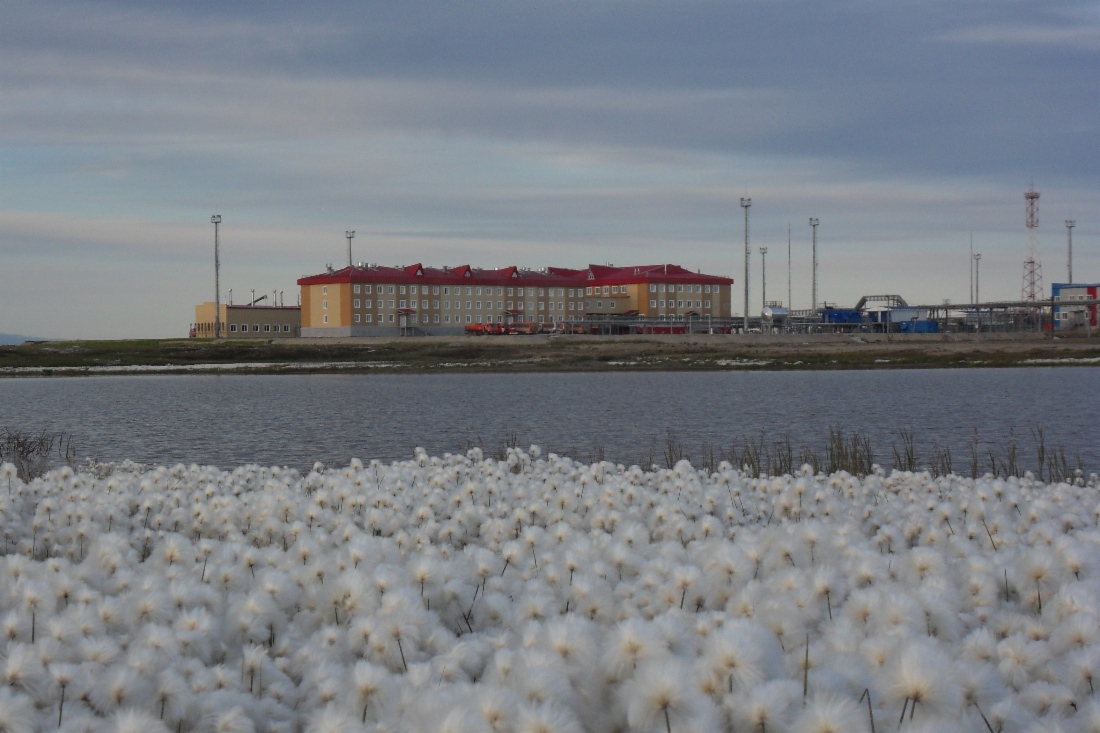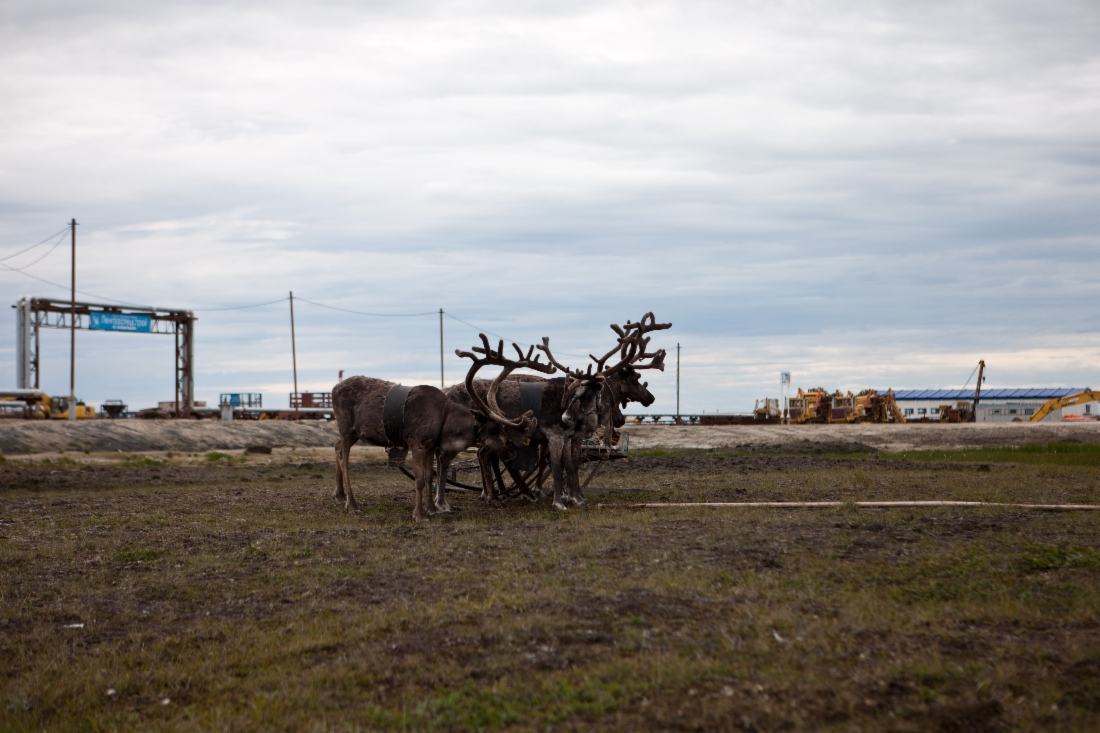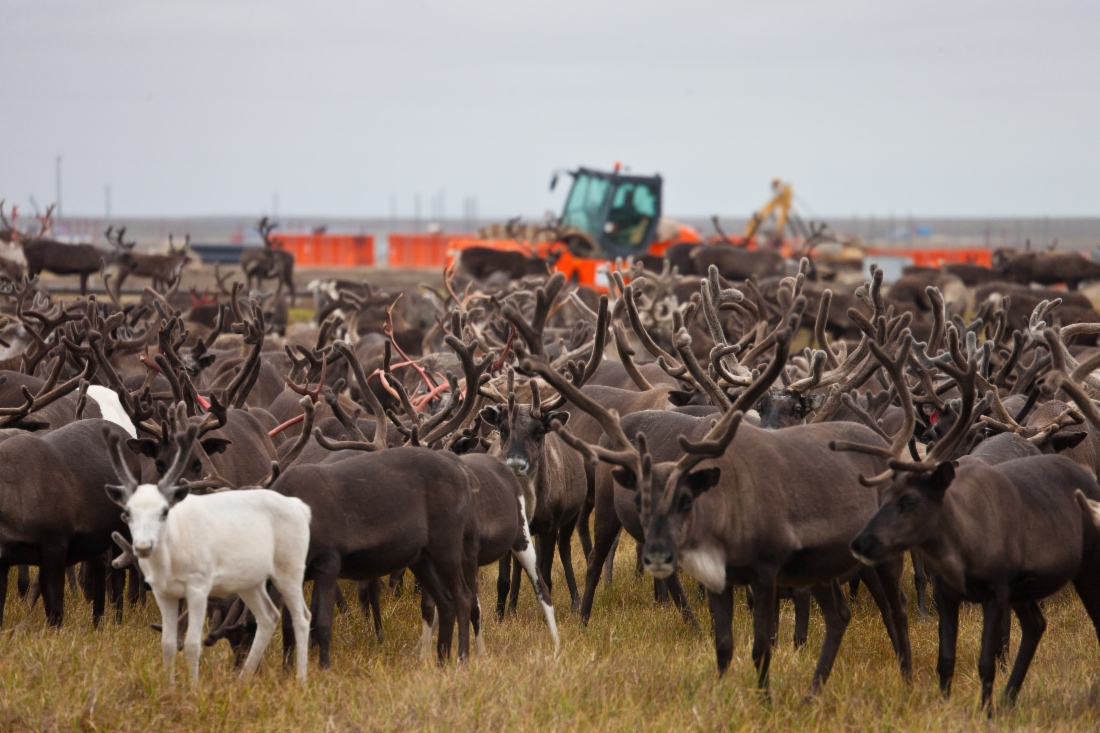Anatoly Zakharov: Opening of the Northern Corridor
September 28, 2012, the interview was taken by Irina Shamanaeva, with participation of Elena Vasilieva
Published in corporate Gazprom Magazine Issue 9
Anatoly Zakharov, Director General of Gazprom Transgaz Ukhta answers the questions of the corporate Gazprom Magazine.
- Mr. Zakharov, this year you summarize the results of the Company’s 45-year activity. We congratulate you on this date, and a question appears immediately: you have been working in the Company since the very first years of its foundation, what events would you note particularly in its history?
-
Thanks for congratulations. You know, I would like to speak now not about the past but about the present and the future, as in the year of its 45th anniversary Gazprom Transgaz Ukhta is going through one of the most interesting and important points in its history, as one can say, the Company got its second wind. In fact, 2012 is the starting time in the events comparable in historical importance to the period of the 1960–70s, when the Vuktylskoye gas and condensate field was under development and the Severnoye Siyaniye (Northern Lights) gas pipeline was under construction. Large diameter pipes (1,220 millimeters and 1,420 mm) were used throughout north-western Russia. Everything that was going on then can be named as “unique” and “unprecedented”. The current situation is similar to those days to a large extent.
Innovation laboratory
- Are you talking about the Bovanenkovo – Ukhta gas trunkline system (GTS) commissioning?
-
Surely, because this event is an extraordinary one. If we take it as a whole with the new Ukhta – Torzhok trunkline, Pochinki – Gryazovets and Gryazovets – Vyborg gas pipelines and the newly created powerful Gryazovets industrial hub, the GTS development scale within the Gazprom Transgaz Ukhta operational responsibility is comparable to the entire 45-year history of our Company. This is an increase in the GTS geographical extent by half and a significant growth in the volume of gas transmission.
The Bovanenkovo – Ukhta gas trunkline system project is one of the largest and the most complicated in the history of pipelines construction both in Russia and abroad, not only in the context of specific climatic conditions of the Far North
If we estimate what is happening on a global scale, our so-called Northern Corridor, being the shortest path from the existing fields of the Tyumen Region and promising fields of the Yamal Peninsula to the central regions of European Russia, is of strategic importance for the whole country. New gas pipelines commissioned in 2012, will directly link the resources of the Yamal Peninsula and European countries through the Baltic gas trunkline system.
I would also like to mention a widely recognized fact: the Bovanenkovo – Ukhta gas trunkline system project is one of the largest and the most complicated in the history of pipelines construction both in Russia and abroad, not only in the context of specific climatic conditions of the Far North. Therefore, with its implementation, our Company has become, so to speak, a laboratory for introduction and testing of new technologies and equipment that have not been used before.
- So, is it a radically new and unique project?
-
Definitely! First of all, it is related to the fact that the new route of Gazprom gas transmission to the west is characterized by difficult environmental and geocryological conditions. The greater part of the system is laid in permafrost soils. No one built in these conditions, even a regulatory framework for designing gas pipelines with such environmental pressure didn’t exist. Accordingly, there were no technical requirements for high-strength pipes and fittings designed for the pressure of 120 atmospheres, materials and instructions for pipes welding.
A regulatory framework was created along with design work. Gazprom developed relevant engineering standards and requirements for pipes manufacturing under the proposed technological parameters. In the shortest time possible a proving ground was prepared and full-scale testing of experimental batches was done. Then production of these pipes was arranged at domestic plants – Izhora and Vyksa.
Moreover, the soils underlying the gas pipeline route required special attention to the thermal impact made on the ground, to calculations of thermo-engineering parameters and to approval and application of innovative technologies for pipeline laying in areas with various gas transmission temperatures. Special features of the system also embrace a two-line underwater crossing of the Baidarata Bay, with the total length of 142 kilometers, including coastal and marine areas. The crossing was constructed with due consideration of the Baidara Bay bottom topography and environmental conditions in the wintertime when the surface is completely covered with ice.
Another important feature of the Bovanenkovo – Ukhta GTS is that its facilities will be operated on the basis of a so-called minimum manning concept. As a result – a high degree of facilities automation, allowing us to combine functions of operational and automated control systems in an optimal way.
There are also a number of special features in opening up water supply to the facilities under construction and in effluent discharge by separate networks of domestic sewage and stormwater drainage, in sewage purification and so on.
Gas mains – today and tomorrow
- What are the key parameters of the new GTS?
-
The Bovanenkovo – Ukhta gas trunkline system project is elaborated for the target volume of gas to be produced from the Bovanenkovo oil, gas and condensate field – 115 billion cubic meters annually. The gas trunkline inventory, including marketable gas and process gas required to achieve the projected output level will be equal to 113.3 billion cubic meters per year. Further on, the second compressor rooms at seven compressor stations (CS) – from Gagaratskaya CS-3 to Maloperanskaya CS-9 – will be equipped with additional gas compressor units (GCU), the throughput of the two-line system can be increased to 124 billion cubic meters per year.
The Bovanenkovo – Ukhta main features two 1,420-millimeter strings designed for the operating pressure of 11.8 MPa (120 Ata) with a four-line 1,220-millimeter underwater crossing of the Baidarata Bay. The single-string gas pipeline length from the Bovanenkovo field to Ukhta is more than 2.2 thousand kilometers. Nine double-room compressor stations are under construction along the gas transmission system: two in the Yamal-Nenets Autonomous Area – Baidaratskaya CS-1, Yarynskaya CS-2 and seven in the Komi Republic – Gagaratskaya CS-3, Vorkutinskaya CS-4, Usinskaya CS-5, Intinskaya CS-6, Syninskaya CS-7, Chikshinskaya CS-8 and Maloperanskaya CS-9. The compressor stations are equipped with 16, 25 and 32 MW gas compressor units. The total capacity of the units is equal to 1,938 MW.
The gas trunkline inventory, including marketable gas and process gas required to achieve the projected output level will be equal to 113.3 billion cubic meters per year. Further on, the second compressor rooms at seven compressor stations will be equipped with additional gas compressor units (GCU), the throughput of the two-line system can be increased to 124 billion cubic meters per year.
Real-time control of the GTS facilities is provided from two control centers: the Vorkuta Line Pipe Operation Center situated at Vorkutinskaya CS-4 and the Pechora Line Pipe Operation Center situated at Syninskaya CS-7. Each Line Pipe Operation Center maintains about 450 kilometers of linepipe and four double-room compressor stations.
Compressor stations, industrial bases and shift worker’ camps, which are under construction near each of the nine compressor stations, are to be supplied with power by captive power plants under construction equipped with 67 units Zvezda GP-1500VK in total.
- Could you name, please, the main stages and operations realized within the framework of these stages in commissioning of the Bovanenkovo – Ukhta GTS facilities?
-
The facilities commissioning sequence is as follows. In the third quarter of 2012 in a synchronized order the first string of the Bovanenkovo – Ukhta gas pipeline with the total length of 1,246.8 kilometers is commissioned – it is a linear part with telemechanics, communications, power supply systems, transport infrastructure facilities along with the bases of the Pechora and the Vorkuta Line Pipe Operation Center and the shift camp in Ukhta. The first string (972.3 kilometers long) of the Ukhta – Torzhok gas trunkline is to be commissioned (as a continuation of the Bovanenkovo – Ukhta GTS) along with the first stage of the Sosnogorskaya and Novonyuksenitskaya CSs. The first compressor station (Baidaratskaya CS-1) of the system, situated on the Yamal Peninsula, is to be fully commissioned as well.
Commissioning of odd compressor stations of the Bovanenkovo – Ukhta GTS: Gagaratskaya CS-3, Usinskaya CS-5, Syninskaya CS-7 is planned for the fourth quarter. Also, due to the high construction preparedness, Chikshinskaya CS-8 will start functioning ahead of schedule (instead of the second quarter of 2013) before the end of the year. We expect to put Vorkutinskaya CS-4 and Maloperanskaya CS-9 into operation in the first quarter of 2013, Yarynskaya CS-2 and Intinskaya CS-6 – in the second quarter of 2014.
I want to mention at once that the planned commissioning of the system’s first string has been preceded by intense pre-commissioning operations this summer. On June 4, there was a start of gas supply for filling the Bovanenkovo – Ukhta GTS of the first string from the direction of the Sosnogorsk Gas Processing Plant and the Sosnogorsk Line Pipe Operation Center. Six days later, gas was supplied from the comprehensive gas treatment unit (CGTU-2), Gazprom Dobycha Nadym. Then, on August 16, the crossing through the Baidarata Bay was successfully completed and on August 17, in the area of the Vorkuta Line Pipe Operation Center gas flows from Yamal and Ukhta united. On August 20, gas transmission through the Bovanenkovo – Ukhta GTS was launched in a test run mode with delivery to the input of the compressor room number 1 of CS-10.
Construction operations on the linear part of the Bovanenkovo – Ukhta GTS second string’s compressor rooms will be continued next year. From the fourth quarter of 2014 a phased commissioning of all main process operating facilities and auxiliary infrastructure of the Bovanenkovo – Ukhta GTS second string will be provided. The system construction is to be completed in 2016.
So far, the powerful Gryazovets industrial hub created on the basis of the Gryazovets Line Pipe Operation Center will supply gas from the new gas trunkline system to Nord Stream. Thus, all the way of gas trunklines from Yamal to Europe is as follows: Bovanenkovo – Ukhta, Ukhta – Gryazovets, Gryazovets – Vyborg and further on the offshore part of Nord Stream gas pipeline on the Baltic Sea bed to Western Europe.
First shift
- To what extent has the Company's staff already increased due to the need of the CS servicing and by how much will it grow in the near future?
-
For today, the increase is 429 people. In the period from 2013 to 2015, according to estimates, the increase in the average staff number due to the new facilities commissioning will be more than 3 thousand people.
Baidaratskaya CS-1 and Chikshinskaya CS-8 are completely staffed now. The staff will be accommodated in the shift camps. There is a 12-hour shift followed by a period of rest with the same duration. The shifts change once a month. In the severe North conditions it is not easy to work, especially on Yamal, where Baidaratskaya CS-1 is situated. Calm weather is rare here, more often strong winds are blowing. But at the Baidaratskaya CS we have done everything possible and we continue our work at other compressor stations, which are under construction, to create comfortable conditions for work, rest, medical care, physical activity, psychological and physical rehabilitation of shift workers.
- How was the environment taken into account during the project implementation?
-
Environmental specificities of the system are related with its construction and use in the permafrost conditions. Main decisions behind the project are underground gas pipeline laying with further ground reclamation, eliminating the problem of deer migration. The next point is transportation of frozen gas (from minus 2 to minus 10 degrees Centigrade and even lower temperatures in certain areas), allowing us to avoid permafrost soil melting. Further on, construction of highways along the automobile roads, necessary for year-round use of block valve stations and other facilities of the gas trunkline without damaging tundra; CS allocation over a significant distance from residential areas; operational and ecological monitoring of the environmental status, and geotechnical engineering of the gas pipeline.






